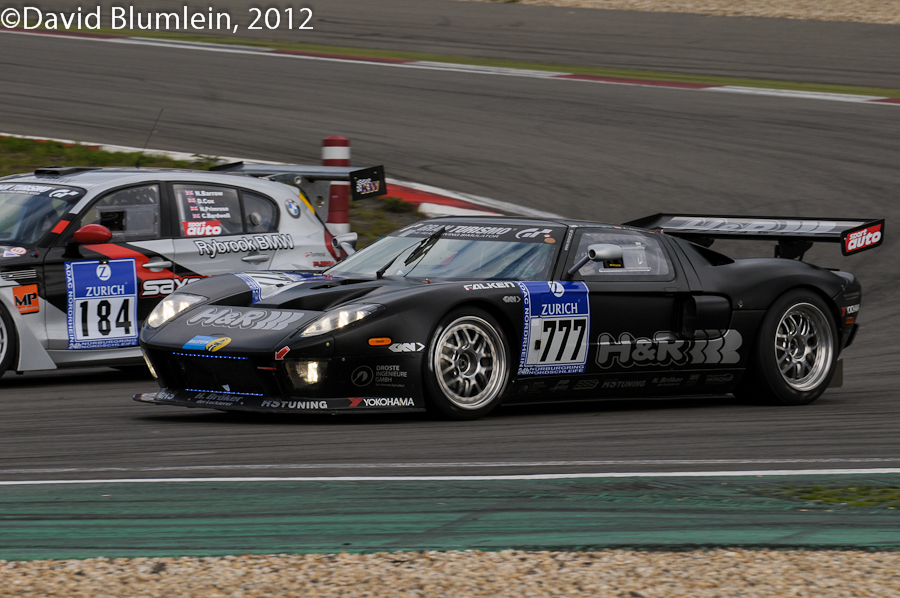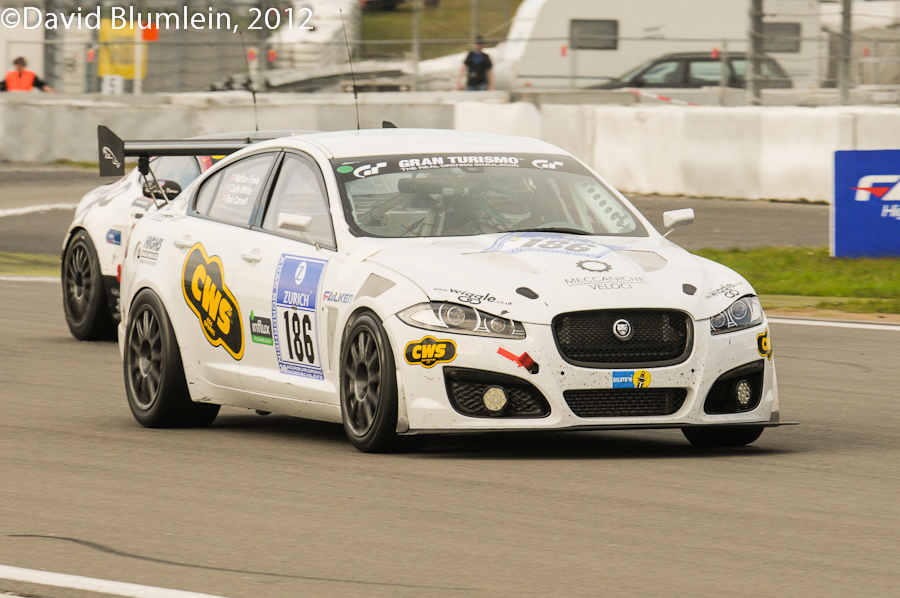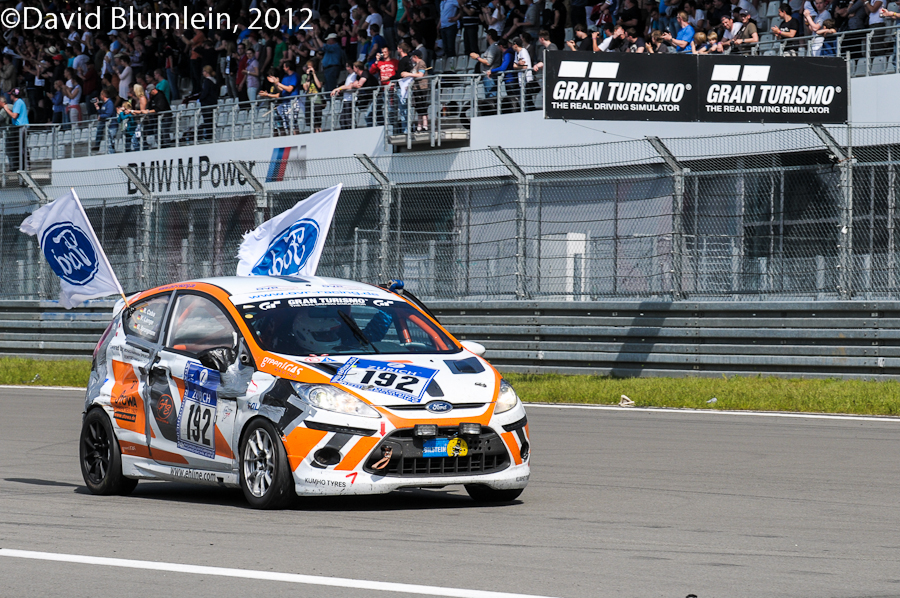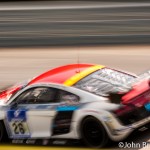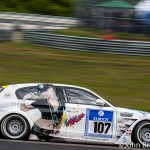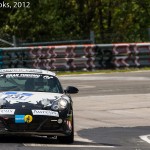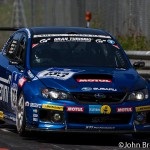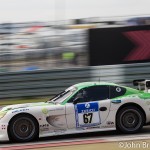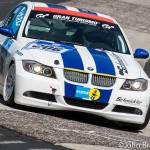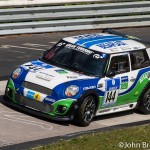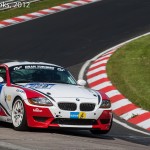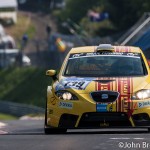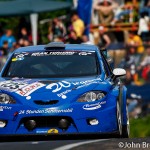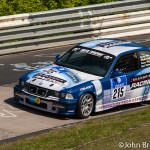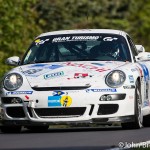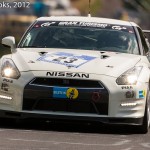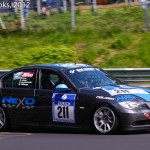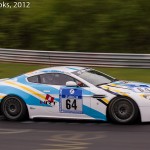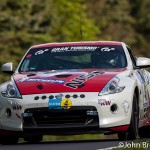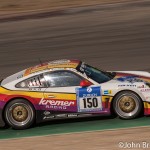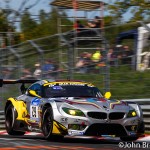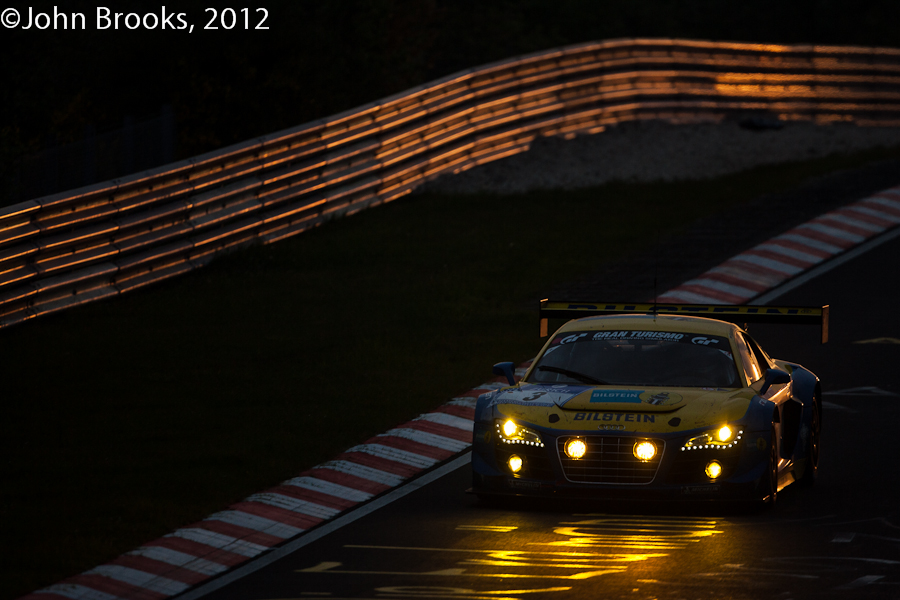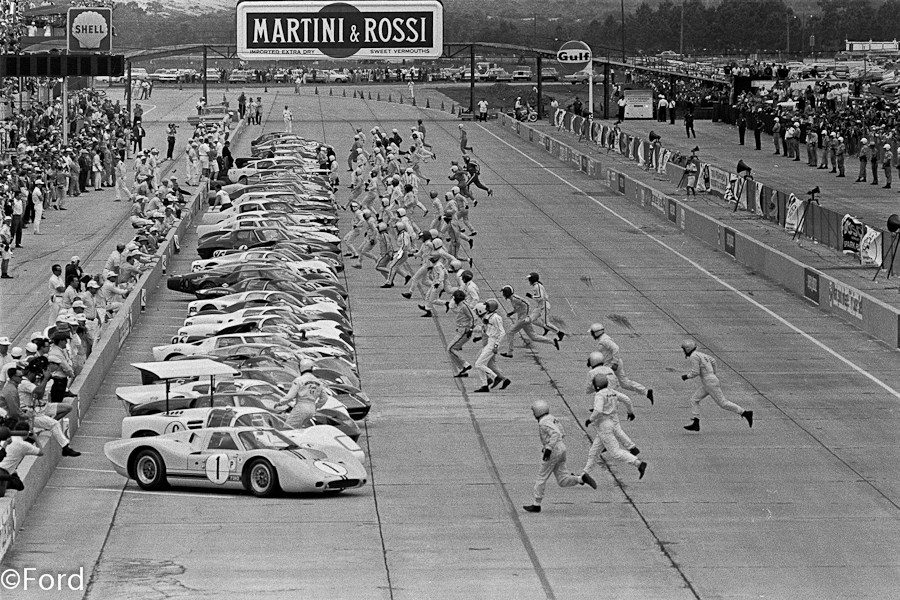Our Special Correspondent has been over to Germany for the Nürburgring 24 Hours. As usual he kept his eyes open and his ears pinned back, here is some of the knowledge he acquired on the trip.
The 2012 Nürburgring 24 Hours
In their reports of this wonderful race the general motoring press tend to mention the winners and the main contenders and tell us very little else. But there were 169 cars in this year’s race, so here is a brief selection of some of the other cars that took part:
The weather was in fact nice and warm in the early afternoon on the Sunday so this Porsche had no real need for extra ventilation! A replacement door was indeed fitted shortly after this picture was taken and the Frikadelli Racing Team car went on to be the highest placed Porsche at the finish, taking a well deserved 6th overall. The factory Porsche drivers were not so lucky this year, suffering all sorts of problems.
Three of the McLaren MP4 12C cars started the race, this Gembella Team car having no less than Nick Heidfeld and three times winner Klaus Ludwig on the driving strength. Alas, none of the cars survived into the Sunday, falling victims to accidents.
And this Ford GT did not last the race either!
The Peugeot RCZs are regulars at the Nürburgring 24 Hours these days. Although its team-mate failed to finish this year, this car went on to win its class. They are assembled by Magna Steyr in Austria.
Aston Martin are also regulars in this race and last year they ran their two new prototype Zagato cars, nicknamed “Zig” and “Zag”. This year they brought along just “Zig” which ran steadily into 26th place and 2nd in class. Here it is seen with a backcloth of the famous Nürburg Schloss.
Toyota love to use the 24 Hour race as a workout for their forthcoming and new models – for them it provides the best test session they can have. The Lexus LFA was here as usual, winning its class, but we also saw the new GT86 cars, Toyota’s rear-wheel driven sporting car developed in conjunction with Subaru whose flat-four engine powers it:
This car won its class.
Hyundai adopt a similar attitude. Here is their Genesis Coupé which finished 105th.
Jaguar saloons are not new to success in endurance races at the Nürburgring. In the 1962 12 Hours and 1963 12 Hours on the Nordschleife, Peter Lindner drove his 3.8 Jaguar Mk 2 saloon to victory, first with Peter Nöcker and secondly with Hans-Joachim Walter (European Rally Champion). This was the longest event held at the Nürburgring at the time – the 24 Hours did not start until 1970.
This Jaguar XF saloon therefore carries on a Jaguar tradition and it not only won its class but was the first diesel car to finish the race. Privately entered by Carvell Motorsport, it had a 3-litre V6 diesel and completed 109 laps finishing 92nd.
One of the attractive features of endurance racing is that the teams are invariably reluctant to give up if there is the slightest chance of keeping the car going. Having received a considerable mauling, this BMW 135D managed to reach the finish scoring 2nd in the diesel class.
This Ford Fiesta, clearly proud of its heritage and managing to hide its ravaged nearside bodywork from the crowds in the main stands, finished 110th and 2nd in its class.
TAILPIECE
The no. 11 Manthey Porsche, one of the original favourites and crewed by three former winners, had a troubled race and suffered the indignity at the end of being towed away after being rammed just before the finishing line by a Renault Clio.
David Blumlein, May 2012



